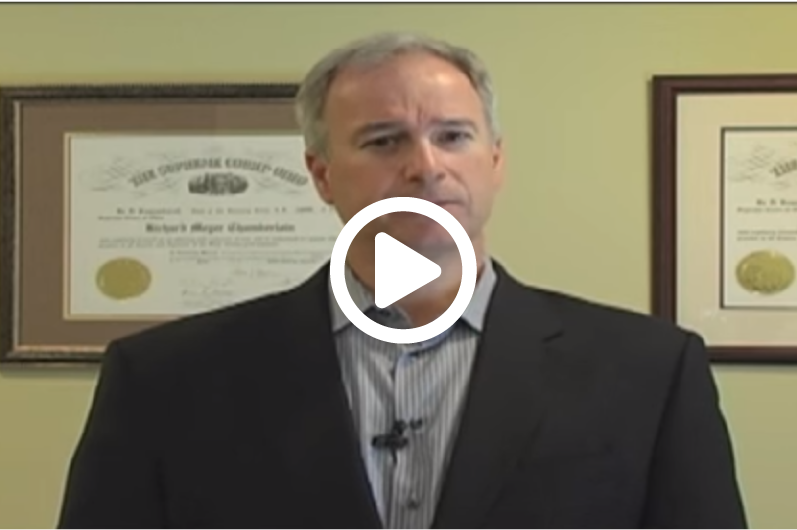
You may have noticed that we use the phrase “Protecting Those You Love and Preserving What You Have” to describe our services. This phrase really describes our approach to our work and sums up what makes us different. When we work with our clients, we help them create estate plans that will provide protections for their loved ones and preserve their assets from unnecessary costs, fees and taxes.
Let’s take a closer look at the “protecting” aspect of the planning. Estate plans can be designed with distributions to beneficiaries in two different ways: (1) outright distribution or (2) in a protective trust share.
For outright distributions, the inherited assets are given to the beneficiaries right away, and they can do whatever they want with the assets (and the asset are at risk).
With protective trust shares, the beneficiary’s inheritance is retained in a trust share and is managed by the Trustee for the beneficiary. Depending on the reasons for the ongoing protections, you can design the plan so that the beneficiary is also their own Trustee (so they manage their own inherited assets), or you can have someone else serve as Trustee and manage the trust assets for the beneficiary.
So why might you consider leaving your financial legacy with the enhanced protections of a protective trust share? It doesn’t have to be a matter of not believing that your beneficiaries can “handle” the assets on their own.
INSTANCES WHERE YOU WOULD APPOINT SOMEONE ELSE AS TRUSTEE FOR THE BENEFICIARY
Beneficiary is Disabled or has Special Needs;
Beneficiary has creditor problems;
Beneficiary is a spendthrift, has addiction problems, or has poor spending and saving judgment; or
Beneficiary is young and inexperienced handling money
INSTANCES WHERE YOU WOULD ALLOW THE BENEFICIARY TO BE THEIR OWN TRUSTEE
To protect your beneficiary and the assets from any and all of the following:
The possibility of a divorcing spouse;
A spouse who is controlling, or a spendthrift, or has creditor issues;
Creditors from their own potential financial mishaps, accidents, or frivolous lawsuits;
Losing needs-based government benefits if they should become incapacitated;
Being subjected to a guardianship if they become incapacitated;
Being subject to Probate when the beneficiary passes away;
Being lost to non-bloodline individuals (your in-law, or worse yet, your in-laws’ next spouse) when the beneficiary passes away.
When you do your estate planning, or when you are sitting down and reviewing your plan for updates, think about whether these ongoing protections would make sense in your planning. We would be happy to discuss your personal planning needs and goals with you to help you determine which approach is best for you and your loved ones.






About The Author: Richard Chamberlain
More posts by Richard Chamberlain